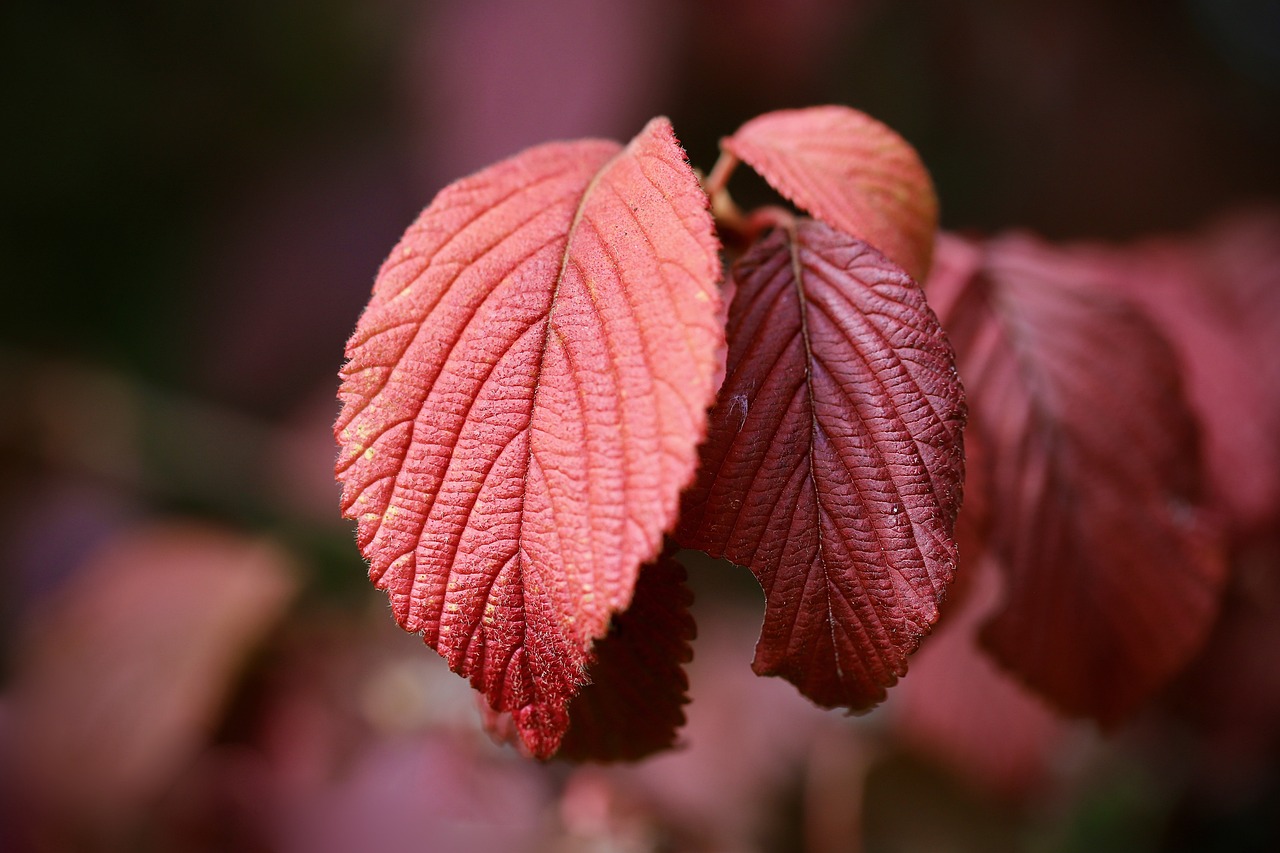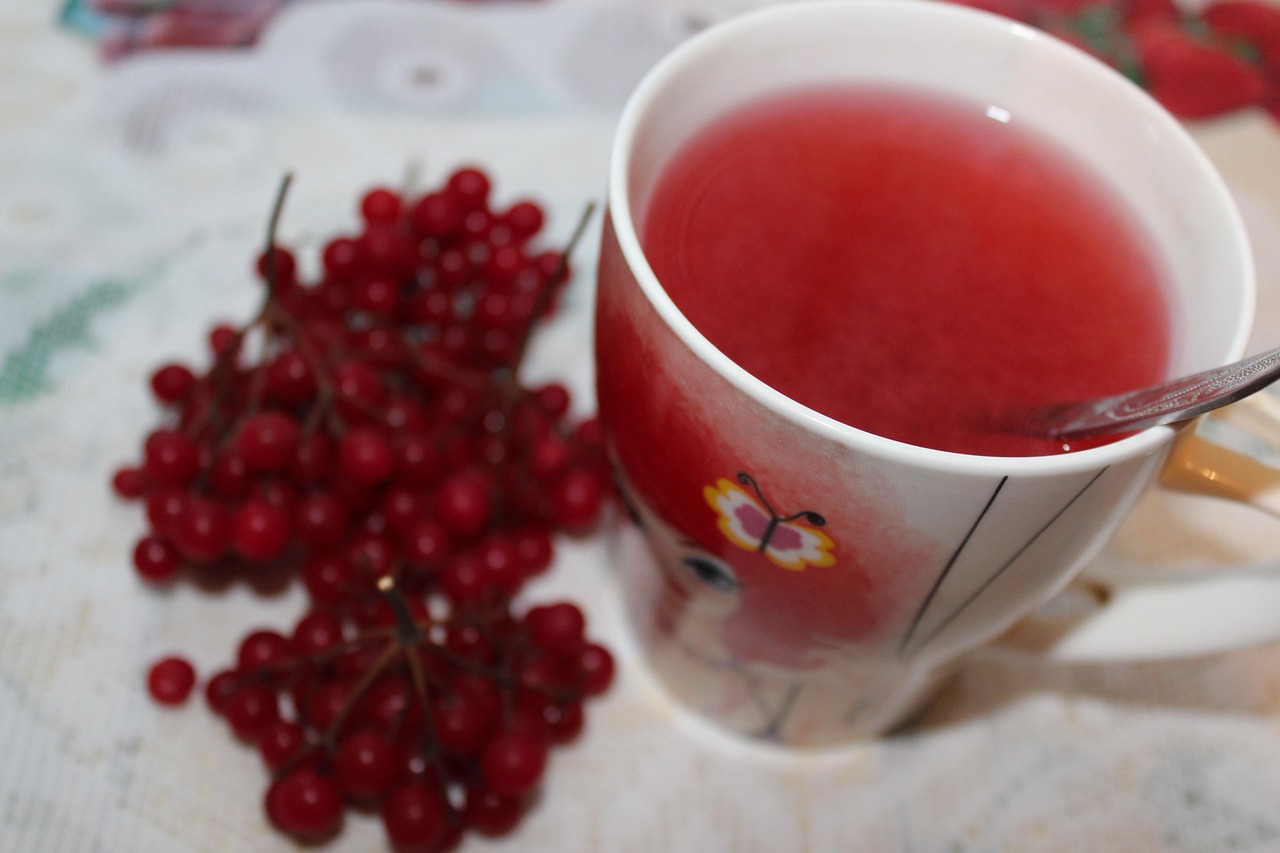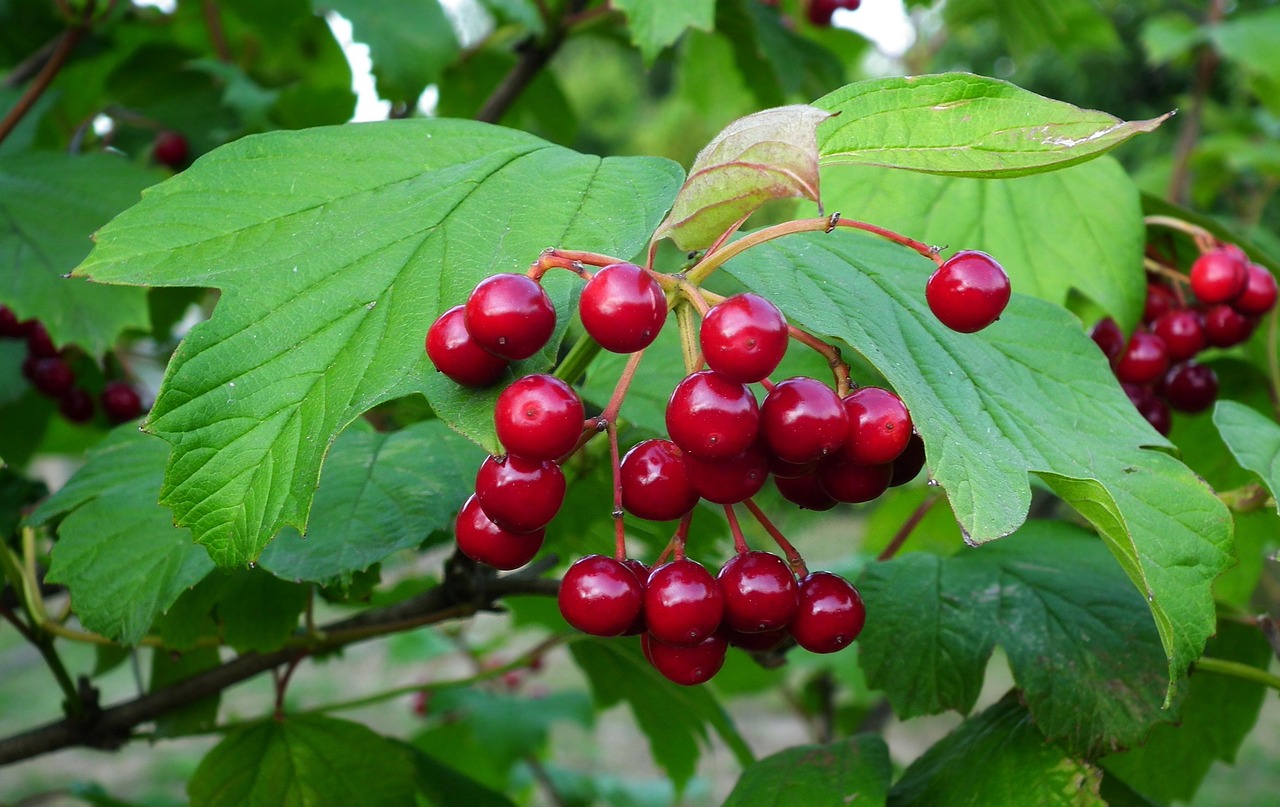Viburnum trees typically exhibit a moderate growth rate, averaging 1 to 2 feet per year, depending on the species and environmental conditions. These trees can produce abundant berries, particularly in the fall. Berry production is influenced by factors such as age, health, and pollination, with many species offering ornamental value and attracting wildlife when fruiting.
The Viburnum tree typically exhibits a moderate growth rate, averaging 1 to 2 feet per year. Berry production varies by species, with some Viburnum trees producing clusters of berries that attract wildlife and offer aesthetic beauty to gardens.
Viburnum trees are popular for their ornamental qualities and adaptability to various climates. These deciduous or evergreen shrubs and small trees belong to the Adoxaceae family. They can be found in many landscapes, offering visual interest through their foliage, flowers, and berries. The diverse range of species available allows gardeners to select Viburnum trees that best fit their specific needs and preferences.

One of the appealing aspects of Viburnum trees is their growth rate. Understanding how quickly these trees grow is essential for planning a garden or landscape design. Additionally, berry production is a significant feature that attracts birds and other wildlife, making Viburnum a valuable addition to any garden. Each species may have different growth habits and berry yields, which can impact overall landscape aesthetics and ecological benefits.
Growth Rate of Viburnum Trees
The growth rate of a Viburnum tree depends on several factors, including the species, soil quality, water availability, and sunlight exposure. Generally, most Viburnum species grow at a moderate pace. Here are some key points regarding their growth rates:
- Most Viburnum trees grow between 1 to 2 feet annually.
- Some species may reach heights of 4 to 12 feet, while others can grow taller.
- Optimal conditions can enhance growth rates, allowing some individuals to exceed the average annual growth.
- Regular pruning can help maintain shape and promote healthier growth.
Newly planted Viburnum trees may take a few years to establish themselves. During this time, it is crucial to provide adequate care, including proper watering and mulching. Once established, they typically show robust growth and may produce flowers and berries in subsequent seasons.

Factors Influencing Growth Rate
Several factors influence the growth rate of Viburnum trees. Understanding these elements can help gardeners optimize conditions for their plants:
- Soil Quality: Well-draining soil enriched with organic matter promotes better root development.
- Sunlight: Most Viburnum species prefer full sun to partial shade. Adequate sunlight enhances photosynthesis, leading to faster growth.
- Water Availability: Regular watering is essential, especially during dry spells. However, overwatering should be avoided as it can lead to root rot.
- Fertilization: Applying a balanced fertilizer in early spring can support healthy growth during the growing season.
It is important to monitor the health of the tree regularly. Factors such as pests or diseases can hinder growth and affect overall vitality. Proper care ensures that Viburnum trees thrive and reach their potential height and berry production capacity.
Berry Production in Viburnum Trees
The production of berries is one of the most attractive features of many Viburnum species. These berries often vary in color, size, and flavor depending on the species. Berry production typically occurs in late summer or early fall, providing an additional visual element during this time. Here are some notable aspects of berry production in Viburnum trees:

| Species | Berries Color | Berries Size | Taste |
|---|---|---|---|
| Viburnum opulus | Red | Small | Bitter |
| Viburnum dentatum | Blue | Medium | Sour |
| Viburnum plicatum | White | Large | N/A |
| Viburnum tinus | Black | Small | Slightly Sweet |
The berries not only enhance the beauty of the tree but also serve as a food source for birds and other wildlife. This ecological benefit makes Viburnum trees a great choice for those looking to attract local fauna to their gardens. Additionally, many gardeners appreciate the seasonal changes that occur with Viburnum trees, as they transition from flowering to berry-bearing stages throughout the year.
In summary, understanding the growth rate and berry production of Viburnum trees is essential for successful gardening. By providing suitable conditions and care, you can enjoy the beauty and benefits of these versatile plants in your landscape.
Common Species of Viburnum and Their Characteristics
Various species of Viburnum exist, each with unique features, growth habits, and berry production characteristics. Understanding these differences can help gardeners choose the right type of Viburnum for their landscapes. Below are some of the most popular species along with their specific traits:

Viburnum opulus
Viburnum opulus, commonly known as the European Cranberrybush, is well-known for its striking white flowers in spring and vibrant red berries in the fall. This species typically grows between 8 to 12 feet tall and is highly adaptable to different soil types.
- Height: 8 to 12 feet
- Width: 6 to 10 feet
- Flowering Season: Spring
- Berry Color: Red
- Wildlife Attraction: Attracts birds and small mammals
Viburnum dentatum
This species, often called the Arrowwood Viburnum, is native to North America and is known for its dense foliage and clusters of white flowers. It typically reaches heights of 5 to 10 feet.
- Height: 5 to 10 feet
- Width: 4 to 6 feet
- Flowering Season: Late spring to early summer
- Berry Color: Blue
- Taste: Sour but edible for birds
Viburnum plicatum
Known as the Japanese Snowball Tree, Viburnum plicatum is noted for its beautiful flower clusters that resemble snowballs. This species can grow up to 10 feet tall and is admired for its tiered branching structure.
- Height: Up to 10 feet
- Width: 6 to 8 feet
- Flowering Season: Late spring
- Berry Color: White (not typically produced)
- Aesthetic Value: Excellent for ornamental use
Viburnum tinus
The Laurustinus Viburnum is an evergreen species that can reach heights of 6 to 12 feet. It produces clusters of small white flowers that later develop into black berries, providing year-round interest.
- Height: 6 to 12 feet
- Width: 4 to 6 feet
- Flowering Season: Winter to early spring
- Berry Color: Black
- Taste: Slightly sweet (edible)
Cultural Practices for Optimal Growth
Caring for Viburnum trees involves various cultural practices that can influence their growth rates and berry production. Implementing these practices can enhance the overall health and appearance of the plants.
Watering Techniques
Proper watering is crucial during the establishment phase. Here are some guidelines:
- Water newly planted Viburnum trees deeply once a week until established.
- Avoid waterlogging by ensuring proper drainage in the planting area.
- During dry spells, provide supplemental watering to maintain moisture levels.
Soil Amendments
The soil quality directly impacts the growth and fruiting capabilities of Viburnum trees. Consider these practices:
- Add organic compost to improve soil structure and fertility.
- Avoid compact soil by regularly aerating around the root zone.
- Test pH levels; most species prefer slightly acidic to neutral soil (pH 6.0 to 7.0).
Pruning for Health and Shape
Regular pruning helps maintain healthy growth and encourages berry production. Here are some pruning tips:
- Prune in late winter or early spring before new growth begins.
- Remove any dead or diseased branches to promote airflow.
- Shape the tree by thinning out crowded branches to allow light penetration.
Pest and Disease Management
Pest and disease issues can hinder the growth and fruit production of Viburnum trees. Identifying common pests and diseases is essential for effective management.
| Pest/Disease | Description | Treatment Options |
|---|---|---|
| Aphids | Small insects that suck sap from leaves. | Use insecticidal soap or neem oil. |
| Caterpillars | Lepidopteran larvae that feed on foliage. | Hand-picking or Bacillus thuringiensis (Bt). |
| Powdery Mildew | A fungal disease causing a white powdery coating. | Improve air circulation and apply fungicides if necessary. |
| Cankers | Disease causing dead patches on stems or branches. | Prune affected areas and improve tree vigor. |
Monitoring for these pests and diseases can help maintain a healthy Viburnum tree, ensuring robust growth and fruitful berry production. Engaging in proactive care will yield a thriving landscape filled with vibrant colors and wildlife activity.
Landscape Uses of Viburnum Trees
Viburnum trees are widely recognized for their versatility in landscape design. Their aesthetic appeal, coupled with their ecological benefits, makes them a favorite among gardeners and landscapers. Understanding the various uses of Viburnum can help you make informed decisions about incorporating these trees into your outdoor spaces.
Ornamental Features
The ornamental qualities of Viburnum trees are one of their most significant attributes. They offer a range of visual features throughout the year, including:
- Flowers: Many Viburnum species produce abundant flowers in spring, adding a burst of color to the landscape.
- Foliage: Their leaves can vary in shape and size, offering textural diversity.
- Berries: The colorful berries attract wildlife and provide seasonal interest.
- Fall Foliage: Many species display vibrant autumn colors, enhancing the landscape during this season.
Due to these qualities, Viburnum trees can be used as focal points or accents in gardens. They can also serve as hedges or borders due to their dense growth habit.
Wildlife Habitat
Viburnum trees play a crucial role in supporting local ecosystems. They provide food and shelter for various wildlife species, making them an excellent choice for wildlife-friendly landscaping. Key benefits include:
- Nectar Sources: Flowers attract pollinators such as bees and butterflies.
- Berries for Birds: Many bird species rely on the berries as a food source during fall and winter.
- Shelter: Dense foliage offers nesting sites and protection for small mammals and birds.
By planting Viburnum trees, homeowners can contribute to wildlife conservation efforts while enhancing the beauty of their gardens.
Seasonal Care for Viburnum Trees
Caring for Viburnum trees varies with the seasons. Proper seasonal care ensures healthy growth and optimal berry production. Here is a breakdown of care tasks by season:
Spring Care
As the growing season begins, spring is an essential time for maintenance and care:
- Pruning: Prune any dead or damaged branches to promote healthy growth.
- Fertilization: Apply a balanced fertilizer to support new growth.
- Watering: Ensure adequate moisture as new leaves and flowers emerge.
Summer Care
During the summer months, the focus shifts towards maintaining health and mitigating pests:
- Watering: Regularly check soil moisture, especially during dry spells.
- Pest Monitoring: Keep an eye out for common pests like aphids or caterpillars.
- Weed Control: Remove weeds that compete for nutrients and water.
Fall Care
As the growing season comes to an end, fall care becomes important:
- Mulching: Apply mulch around the base to retain moisture and regulate soil temperature.
- Pruning: Consider light pruning after berry production to maintain shape.
- Soil Testing: Test soil pH and nutrient levels to prepare for spring fertilization.
Winter Care
The winter months require less active maintenance, but some care is still important:
- Protection: Protect young trees from harsh winter winds with burlap wraps if necessary.
- Irrigation: Ensure that the soil does not dry out completely; occasional watering may be needed during dry spells.
- Pest Inspection: Inspect for signs of pests or diseases that may have taken hold during winter.
Propagation Methods for Viburnum Trees
If you wish to expand your collection of Viburnum trees, several propagation methods are available. Each method has its own advantages and suitability depending on the species involved.
Seed Propagation
Starting Viburnum from seeds can be rewarding but typically requires patience. Here are some key steps:
- Seed Collection: Collect seeds from ripe berries in late fall.
- Stratification: Cold-stratify seeds by placing them in moist sand and refrigerating for several months to mimic winter conditions.
- Sowing: Sow seeds in spring once temperatures warm up, ensuring they are not buried too deeply.
Cuttings Propagation
Taking cuttings is a more immediate method to propagate Viburnum. Here’s how to do it:
- Selecting Cuttings: Take softwood cuttings in late spring or semi-hardwood cuttings in late summer.
- Treatment: Dip cut ends in rooting hormone to encourage root development.
- Potted Growth: Place cuttings in pots filled with a well-draining potting mix and keep them moist.
Laying Down Layers
This method involves bending a branch down to the ground and covering part of it with soil to encourage rooting:
- Selecting a Branch: Choose a healthy branch that can easily bend toward the ground.
- Burying Partially: Bury part of the branch under soil, leaving the tip exposed.
- Mature Rooting: After roots develop (which may take several months), cut the new plant from the parent and transplant it.
This process allows for effective propagation without losing the original plant’s vigor. Each propagation method presents unique opportunities to grow more Viburnum trees tailored to your gardening ambitions.
Additional Considerations for Viburnum Care
In addition to the fundamental aspects of growth, berry production, and propagation, there are several other considerations to keep in mind when cultivating Viburnum trees. These factors can significantly enhance the overall health and productivity of your plants.
Mulching Benefits
Applying mulch around the base of Viburnum trees can provide numerous benefits:
- Moisture Retention: Mulch helps retain soil moisture, reducing the need for frequent watering.
- Weed Suppression: A layer of mulch can inhibit weed growth, allowing the Viburnum to compete more effectively for nutrients and water.
- Temperature Regulation: Mulch can moderate soil temperatures, protecting roots from extreme heat or cold.
- Nutrient Addition: Organic mulches break down over time, adding nutrients back into the soil.
When applying mulch, it is essential to keep it a few inches away from the trunk to prevent moisture buildup and potential rot.
Companion Planting
Companion planting involves growing different plants in proximity for mutual benefits. Viburnum trees can thrive alongside certain plants:
- Native Grasses: Pairing with native grasses can enhance biodiversity and provide habitat for beneficial insects.
- Perennials: Flowering perennials can attract pollinators, benefiting both the Viburnum and surrounding plants.
- Herbs: Some herbs can repel pests that may harm Viburnum trees, while also providing culinary benefits.
Environmental Factors
The growth rate and berry production of Viburnum trees can also be influenced by environmental factors. Gardeners should consider the following:
- Climate Adaptability: Different species of Viburnum have varying tolerances to climate conditions. Choose species best suited to your local environment.
- Sunlight Exposure: Ensure that the chosen planting site provides adequate sunlight, as most Viburnum thrive in full to partial sun.
- Soil Drainage: Well-drained soils are essential to prevent root rot and other water-related issues.
Final Thoughts
Viburnum trees offer a multitude of benefits that extend beyond their beautiful appearance. Their moderate growth rates and attractive berries make them a valuable addition to any landscape. By understanding the specific needs of various species, gardeners can successfully cultivate these trees for both aesthetic enjoyment and ecological benefits.
From propagation methods to seasonal care, each aspect of Viburnum cultivation plays a critical role in ensuring healthy plants. By implementing proper care techniques, including mulching, companion planting, and considering environmental factors, gardeners can create thriving habitats that support local wildlife while enhancing their outdoor spaces.
Ultimately, Viburnum trees not only beautify gardens but also contribute to biodiversity and ecological health. Whether you are a seasoned gardener or a beginner, incorporating these trees into your landscape can lead to years of enjoyment and satisfaction. The vibrant flowers and berries will not only please the eye but also enrich the environment, making Viburnum an excellent choice for any garden enthusiast.
